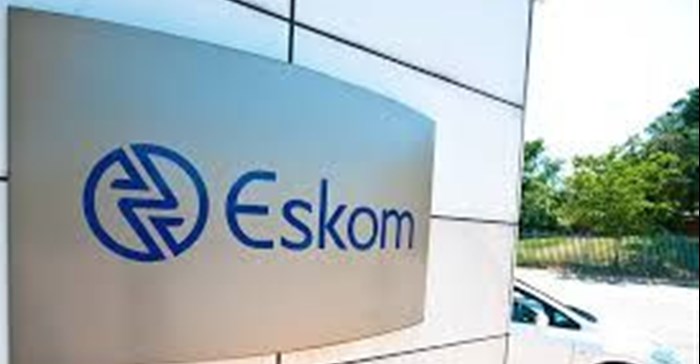Unwilling to be upstaged by Finance Minister Tito Mboweni, the International Monetary Fund (IMF) has proposed even harsher austerity measures than proposed in the country's Mid-Term Budget Policy Statement. The IMF report concludes "with delays in structural reforms, growth and social conditions will worsen". However, the very tried and tested reforms its report proposes, is at the centre of the ills faced in South Africa and around the world today.
The reforms proposed include, greater cuts in government spending; increased privatisation; and more attacks on organised labour. Should our government, decide to dance to the IMF tune, the hardships experienced by the more than 55% of the population living in poverty, will get worse.These reforms will only serve to exacerbate unemployment, inequality and all the social-ills directly linked to these socio-economic problems.
What the IMF is proposing is extreme austerity. They propose cutting the budget by 3% of GDP – that is R150bn less for education, health and other essential services. Worse than that, it would send the economy into recession, workers will be laid off, even at greater numbers than what is currently happening. It would represent a social disaster. A kind of tsunami that would hit the poor of this country.
The proposals are bewildering, especially since just a few years ago, economists from the same IMF were critical of these reforms. The economists argued that austerity, now called fiscal adjustment - a reminder of the structural adjustment programmes imposed on Africa in the 1970s and 1980s - results in the contraction of the economy, increased unemployment and inequality.
This is particularly the case with their proposals for reducing wages by cutting the state wage bill and by doing away with centralised bargaining for private and state workers.
Unsurprisingly, the IMF report focuses on the problems related to South Africa’s state-owned enterprises. It is true that the dire state of SOE finances, and potential collapse of Eskom in particular, poses a major threat to all South Africans. It is also true that using government’s revenue to finance the increasing SOE debt service costs is counter-productive. In fact, doing so is redirecting much needed expenditure from essential services like education, health and human settlements.
Creative solutions for Eskom
This is the exact reason why more creative ways to deal with the Eskom debt crisis are required. Shifting the debt to a special purpose vehicle (SPV), as proposed by some in the Presidential Eskom Task Team and the Alternative Information & Development Centre , is only a means to ensure the fast tracking of the rebuilding of a new Eskom, that serves the public. The SPV represents nothing more than that, and is definitely not a get-out-of jail-free card. The question is where the resources to finance the debt parked in the SPV will come from.
One way to access the finances, to deal with Eskom’s financial problem and fast track investment in the development of a new local renewable energy industry, would be to use the massive surpluses from Public Investment Corporation (PIC), the asset manager of the Government Employees Pension Fund (GEPF) and the Unemployment Insurance Fund (UIF). Currently, the PIC manages more than R2,1trn in assets. Using this grant to give a zero-interest loan to Eskom (without in any way endangering workers' pensions), on the condition that Eskom rapidly transitions to renewable energy would be the medicine required. Even charging interest rates below market rates, negotiated between government as a debtor and creditor, would realise significant savings.


































